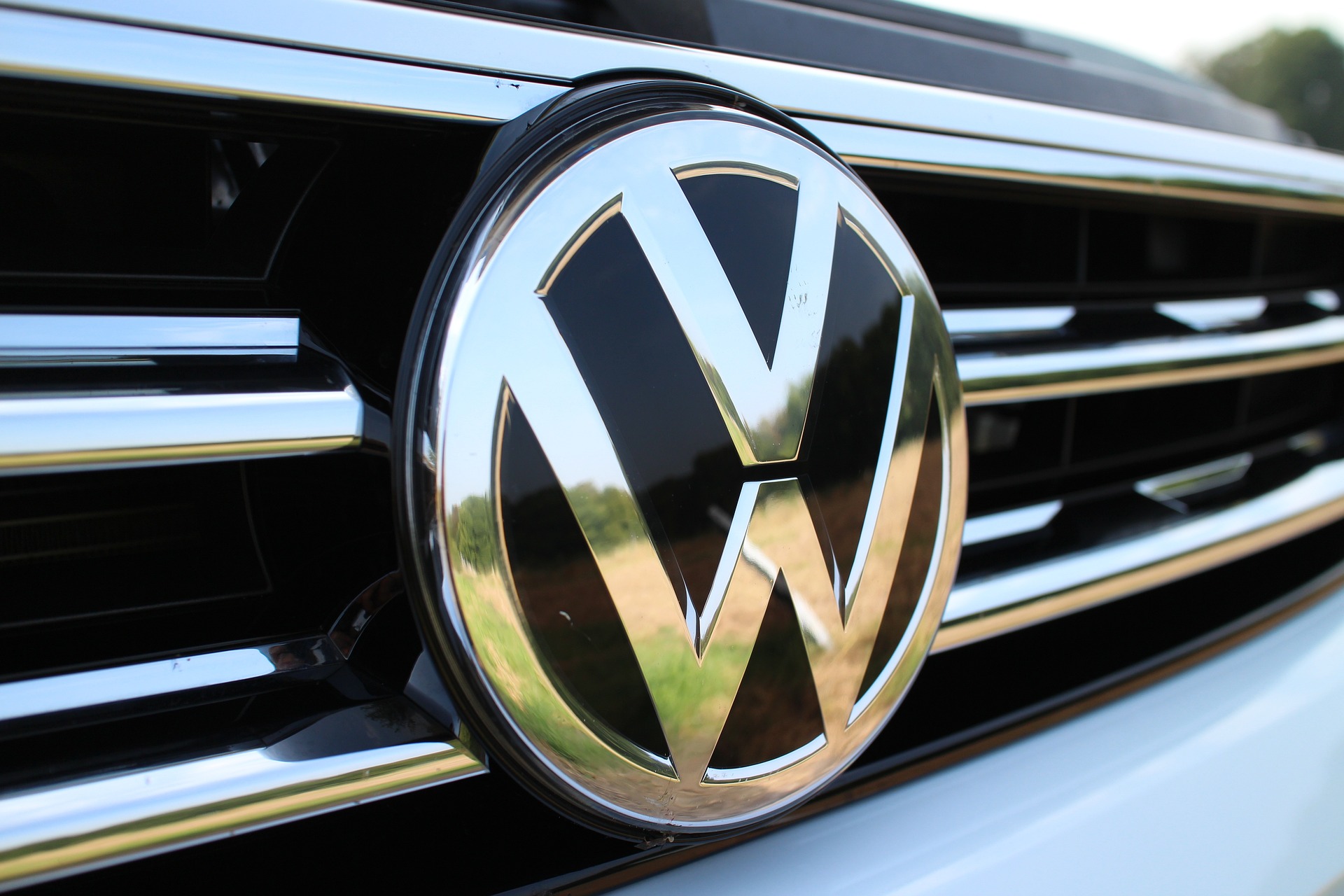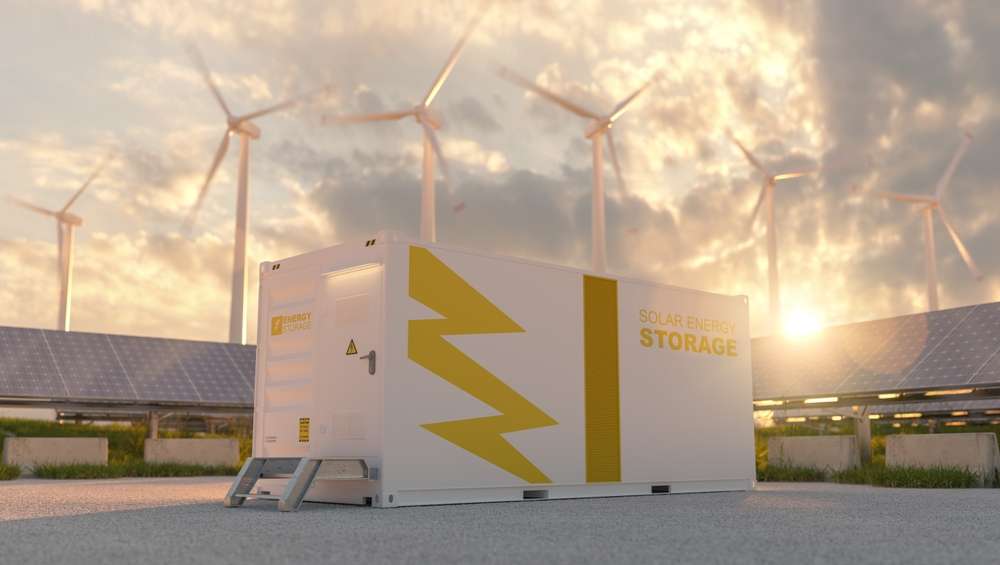Pushing the Pedal: The Intricacies and Impacts of Automotive Acceleration
Automotive acceleration is an intriguing topic, often overlooked in favor of other aspects such as horsepower or top speed. However, the precise science and engineering behind a vehicle's ability to go from a standstill to full speed forms an essential part of the automotive narrative.

The Science of Speed: Understanding Acceleration
Acceleration, in its simplest terms, is the rate of change in velocity of an object - in this case, a car. It’s the surge of power you feel when you push the gas pedal. But what really happens under the hood?
The process starts with the driver applying pressure to the accelerator. This sends a signal to the engine control unit (ECU), which responds by increasing the amount of fuel being sent to the engine. The spark plugs ignite this fuel-air mixture, causing a small explosion that pushes the pistons. This mechanical energy is then transferred to the wheels, propelling the car forward.
The Mechanics of Motion: Engineering for Acceleration
The engineering behind acceleration is a complex symphony of parts and systems working together. The engine, transmission, drivetrain, and tires all play a crucial role in determining a vehicle’s acceleration capabilities.
For example, the engine’s displacement and configuration can significantly influence acceleration. Larger, more powerful engines can typically generate more force, leading to faster acceleration. Similarly, the transmission’s gearing ratios also play a critical role. Lower gear ratios allow for quicker acceleration at the expense of top speed, while higher gear ratios favor top speed over rapid acceleration.
The Need for Speed: Industry Trends and Acceleration
In the automotive industry, there’s been a consistent push for vehicles that can accelerate quickly. This is seen not only in sports cars but also in family sedans and even some SUVs.
Increasingly, manufacturers are employing sophisticated technology to enhance acceleration. For instance, Launch Control systems, often found in high-performance cars, optimize engine, transmission, and tire performance to provide the fastest possible acceleration from a standstill.
The Pros and Cons: Impact of Acceleration
Fast acceleration can be exhilarating and practical in certain driving situations. However, it’s essential to understand its impact on different aspects of driving and vehicle performance.
On the upside, quick acceleration can be a lifesaver in situations requiring rapid speed increase, like overtaking or merging onto a highway. On the downside, cars designed for fast acceleration often consume more fuel and may have a stiffer, less comfortable ride.
The Future of Fast: Acceleration and the Automotive Landscape
Acceleration will continue to remain a key factor in the automotive industry. Already, we see manufacturers pushing the boundaries of what’s possible, with electric cars demonstrating mind-boggling acceleration capabilities.
However, it’s paramount that the pursuit of speed does not compromise safety. Advanced driver-assistance systems, better braking technology, and more robust safety features will need to evolve in tandem with acceleration capabilities.
In conclusion, while acceleration may not be the most glamorous aspect of automotive technology, its importance cannot be overstated. From the intricate mechanics under the hood to the impact it has on driving experience and safety, acceleration forms an integral part of the automotive landscape.




